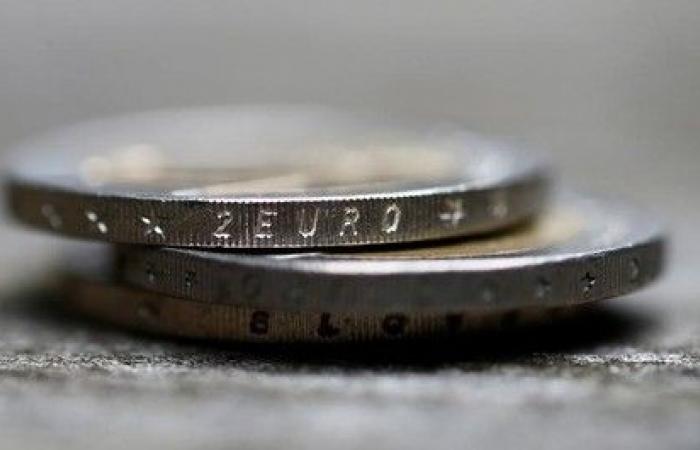The Australian and New Zealand dollars fell against the safe-haven US dollar on Friday as risk aversion gripped European markets, although it also saw the Antipodes hit multi-month highs thanks to a euro in trouble.
Currencies also gained ground against the yen as the Bank of Japan confirmed it would reduce its bond purchases, but only after its July meeting, which is more than six weeks away.
Overnight, political uncertainty led to a sharp rise in French and Italian bond yields and a sea of red on European stock markets, weakening the single currency.
The Aussie hit a five-month high of 0.6182 per euro, having climbed 1.3% for the week so far, while the kiwi hit six-month highs at 0.5749 per euro. euro.
The Aussie fell slightly to $0.6629, but was still up 0.7% on the week, while the kiwi was also up 0.7% on the week at $0.6151.
The move to safety combined with a weak reading in US output prices to boost bonds, pulling Australian 10-year yields down to a two-month low of 4.138%.
Benign US inflation data led markets to reduce the chances of a September interest rate cut from the Federal Reserve, and bet on earlier cuts in Australia and New Zealand .
Futures now imply a 63% chance the Reserve Bank of Australia (RBA) will cut rates by December, up from 30% at the end of last week.
The central bank’s board will meet next week and will likely keep rates at 4.35%, and will likely reiterate that inflation and monetary policy risks are balanced.
“Our expectation of significant easing in the labor market is a key reason why our base case scenario sees the RBA beginning an easing cycle in November,” said Gareth Aird, head of Australian economics at the Bank of America. CBA.
“But given the challenging underlying inflation backdrop and the shortening runway between now and November, the risk to our scenario is increasingly tilting towards a later start date for an inflation cycle. relaxation”.
As for the Reserve Bank of New Zealand (RBNZ), markets believe there is a 50/50 chance of a rate cut in October, with a quarter point easing to 5.25%. is fully planned for the month of November.
The case for a reduction was strengthened by data released on Friday which showed food prices unexpectedly fell by 0.2% in May, bringing annual food inflation down to 0.2%. % compared to a peak of 12.5% last June.
“The slowdown in inflation is occurring particularly in areas of discretionary spending, which tends to be sensitive to interest rates,” said Satish Ranchhod, an economist at Westpac. “This is a sign that monetary policy is working.
“Today’s result also strengthens the likelihood that inflation will return within the RBNZ’s 1% to 3% target range by the end of the year. (Reporting by Wayne Cole; Edited by Rashmi Aich)






